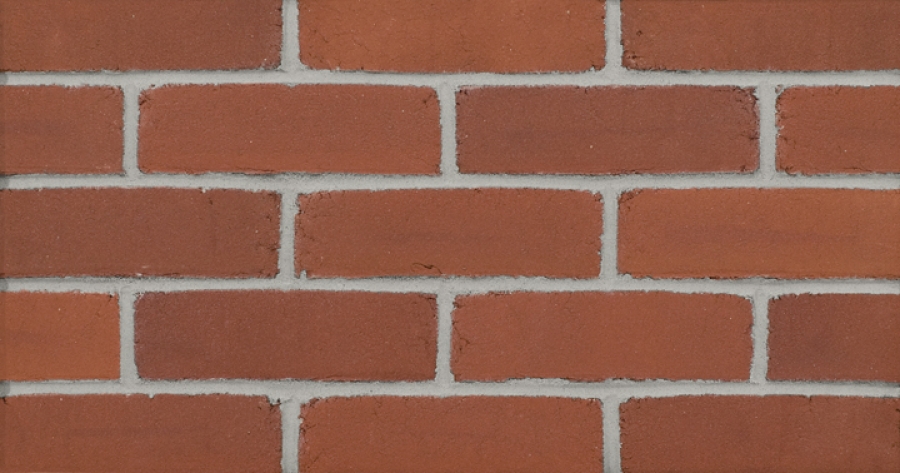Design Perspective Q&A Honoring Italian Architecture in Little Italy with Morris Adjmi
Little Italy, NY
Products
56-DDWhen building in an established neighborhood, architects and designers have a duty to preserve the authentic style of the neighborhood while telling a new story. Through this lens, architect Morris Adjmi, known for his contextual yet contemporary designs, brought the idea of The Grand Mulberry to fruition. This twenty-condominium residence overlooks New York City’s historic Little Italy and its handcrafted design resembles traditional Italian craftsmanship while still making a bold statement within this celebrated neighborhood.
Adjmi, together with his firm Morris Adjmi Architects, creates buildings that stand out by fitting in. “Buildings should reflect their surrounding neighborhood while resonating on their own,” Adjmi explained. “Our buildings rarely shout, but they always have something to say.”
Little Italy is one of the most beloved and recognizable New York City neighborhoods. Any new structure faces the challenge of blending seamlessly with the sensitive urban context while making enough of an impression on its own.With The Grand Mulberry, Adjmi used brickwork to emulate the façades of classic Italian tenements while incorporating a modern style of window arrangements. The result is a thoughtfully constructed landmark likely to overlook the neighborhood as long as its centuries-old neighbors.
Q: What were your design goals for The Grand Mulberry?
A. From the onset of the project, the design objective was to create a contemporary interpretation of the historicItalianate tenements found throughout Little Italy. Little Italy is one of New York City’s most iconic and beloved neighborhoods, and any new construction must simultaneously honor the existing cityscape and speak for itself. The custom profiled Glen-Gery bricks that clad The Grand Mulberry allowed us to create a spectral reference to this heritage in a unique way.
Q. What story is being told through The Grand Mulberry?
A. With its façade, The Grand Mulberry tells a story about its neighborhood’s past, present, and future. We were inspired by the classical architectural characteristics of traditional Italianate tenements but also wanted to create a modern building that reflects how we live and design today. This notion unlocked the entire concept. With an unexpected pattern of custom-profiled bricks, we set out to present an illusion of an Italianate façade. Then, we overlaid a contemporary arrangement of windows to create a dialogue between the historic context and a fresh approach to residential design.
Q. Did you face any challenges with this project?
A. The unique masonry pattern could have presented a potential challenge during construction. However, the integrity of the bricks fabricated by Glen-Gery, the level of detail put into the development of the architectural drawings by the Morris Adjmi team, and the quality of work provided by the masonry subcontractor (ARK BuildersCorp.) allowed for a tremendously smooth construction process.
Q. What did you love most about the completed project?
A. I love that The Grand Mulberry is an example of how new design ideas can be applied to traditional methods and materials to create something fresh and compelling. While the façade pattern is traditional, the application of the hand-molded, domed bricks is very modern—each brick was carefully positioned within the double-stacked running bond coursing. Though the bricks are unique and custom-shaped, they were installed using a very traditional bricklaying method by expert masons.
Q. Tell us about the bricks used and how the dots were used to create a series of patterns.
A. The domed bricks were chosen for their ability to provide shadow relief and add depth. We thought of the dome or dot as a pixel that could be used to create a drawing on the building’s façade without needing to introduce additional colors and materials to the palette. The red-orange color pays homage to the red brick buildings found throughout Little Italy and the surrounding neighborhoods.
Q. Brick typically represents the hue of a city based on what’s in the clay and dirt, offering a material palette for a building’s design. You elevate this in your design approach, to weave in a city or community’s history. History seems to play an important role. What are your thoughts on this?
A. Many of our buildings are rooted in an understanding of context and history, but our work is not historic. There is an underlying modernist sensibility to everything we do. This idea never seemed particularly contradictory to me.Historic and contemporary styles are not opposing forces but rather complementary ones; their coexistence is essential in creating a sense of architectural continuity in our cities.
I believe this approach helps us design buildings that have an emotional resonance—that is, buildings that evoke images, ideas, and memories related to their historic contexts—but are still relevant to the way we live and work today.
Morris Adjmi and The Grand Mulberry are featured within Folio 2, the second edition of Folio-a publication byGlen-Gery that features work by some of today’s most inspiring architectural and design firms across the nation.Request your complimentary copy here.

